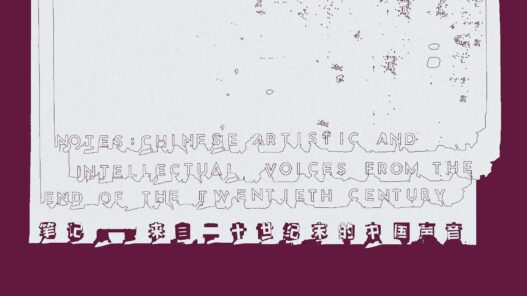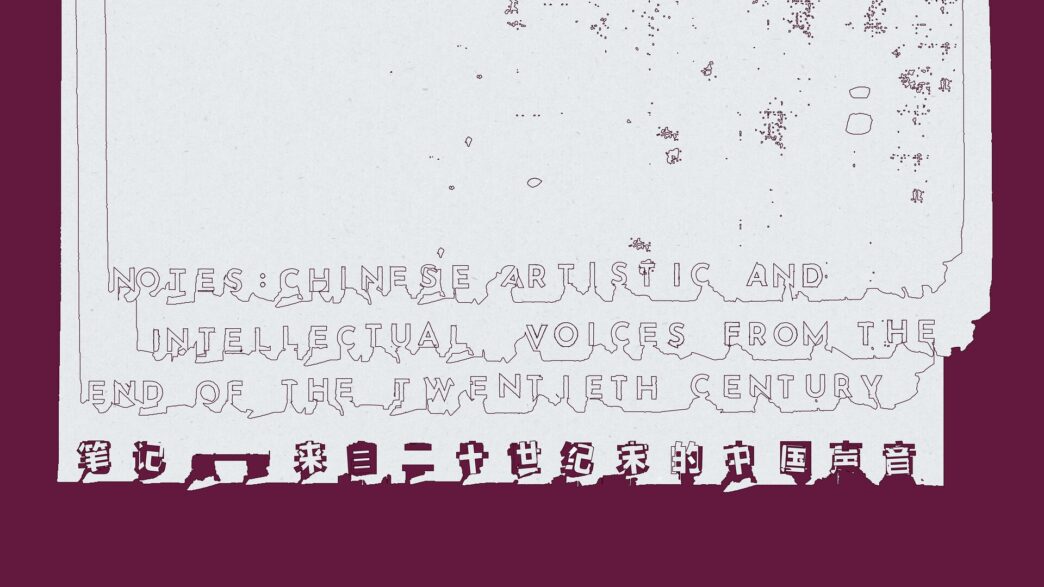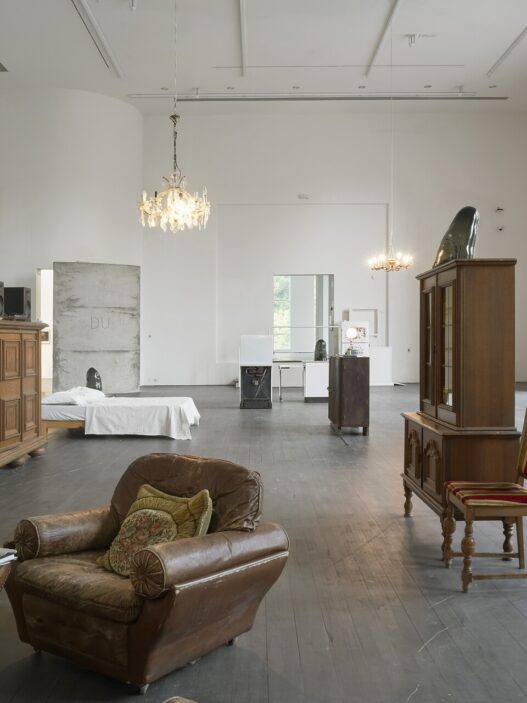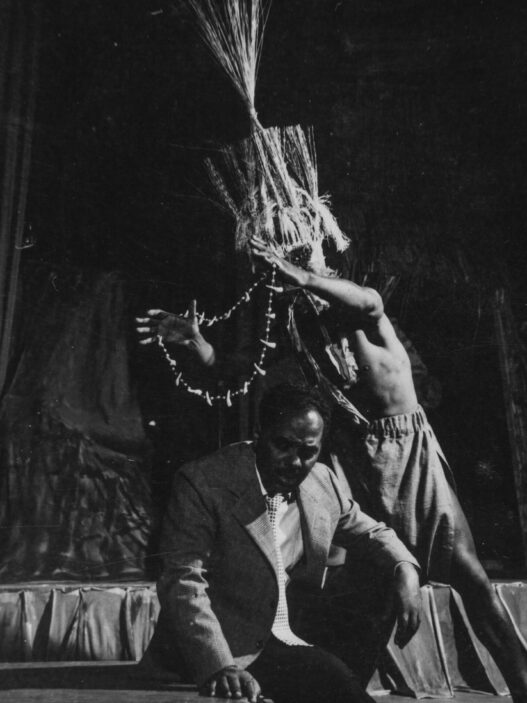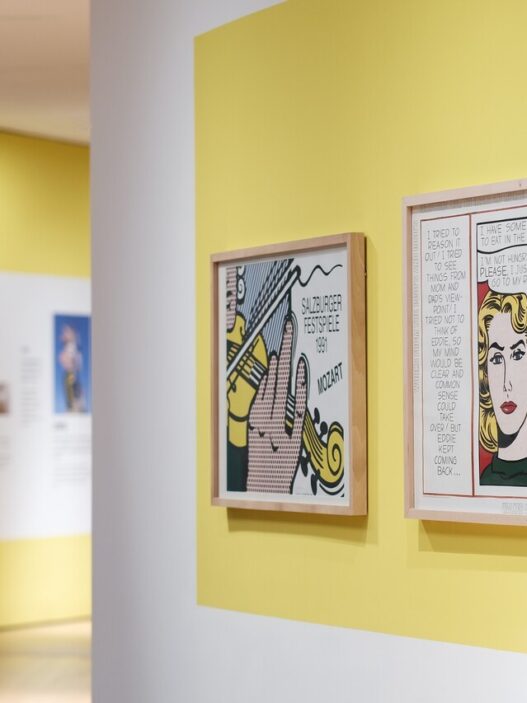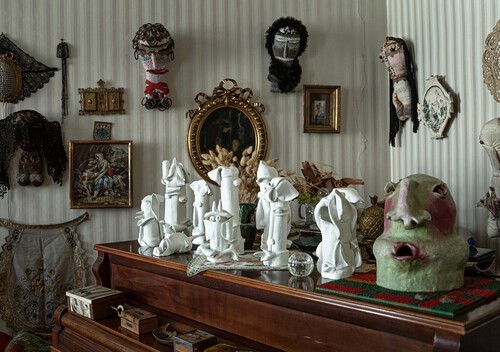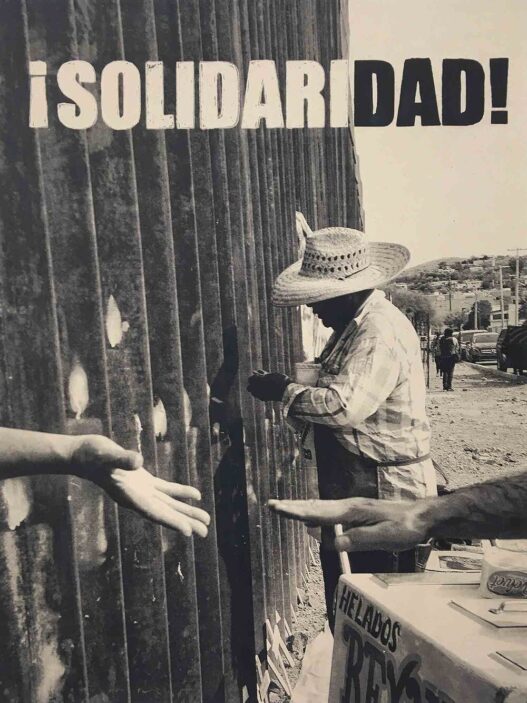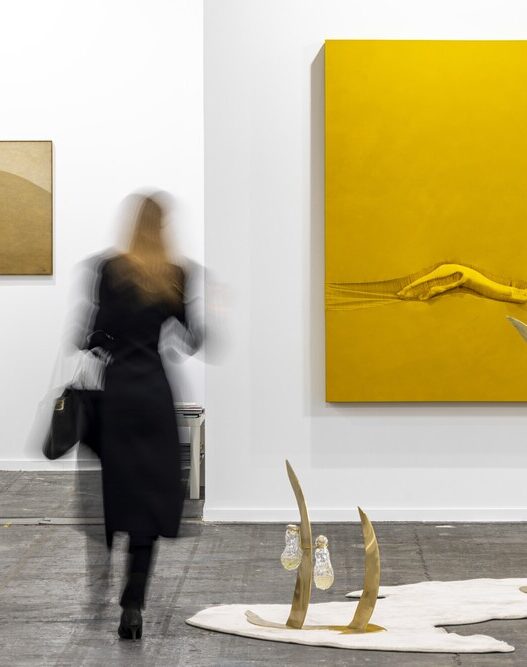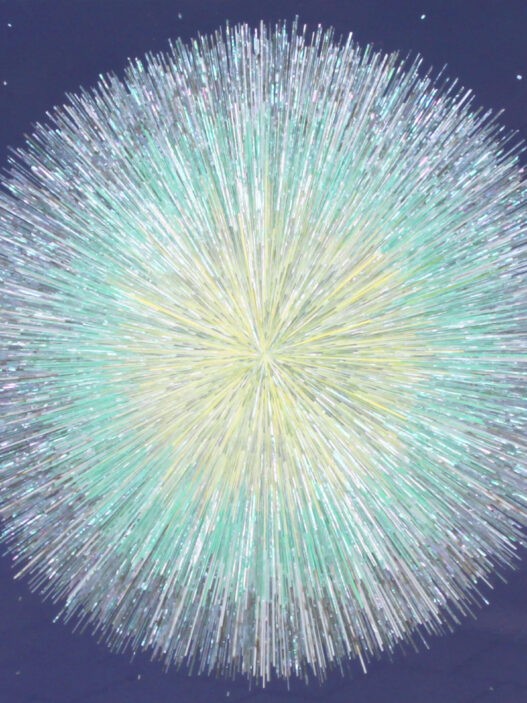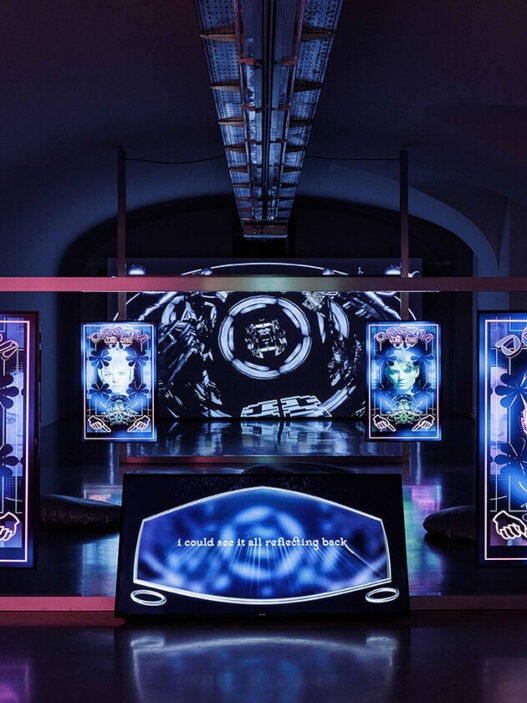June 23–July 24, 2022
Notes: Chinese Artistic and Intellectual Voices from the End of the Twentieth Century (hereinafter referred to as Notes) is a new chapter in the study of the history of Chinese contemporary art in the second half of the 20th century, succeeding our previous exhibition Waves and Echoes. Notes provides a study of the ideas and practices of China’s intellectual and creative societies at the turn of the century through the presentation of words, notes, photos, documents, archives, and works by artists, curators, and historians. The ideas and imagery of the 20th and 21st centuries began to frequently appear in the discourses and artistic creations of intellectuals and artists as the 1990s got under way. On the one hand, they sought to build a system of social reality and value that was specifically aimed at and belonged to the 1990s and to break free from the semantic and interpretive framework of the 1980s. On the other hand, they perceived the arrival of the turn of the century as a significant point in time that brought them expectations as well as a sense of complexity and sorrow, caused by the shock of the market-oriented economy.
We have chosen essays written by 18 academics, curators, and artists between 1997 and 2002 and turned them into 18 pamphlets for the exhibition. The pieces, the majority of which were published at the time of composition, have appeared in newspapers, journals, personal archives, symposium papers, anthologies of collected works, and newspapers. In order to create a field of intellectual voices within the exhibition space, we purposefully juxtaposed texts from the contemporary art world with those from the intellectual community and also displayed certain passages from these texts on the walls.
The creation of modern art at the turn of the century revealed the social limits and space of the era and was inexorably linked to its social reality. From the end of the 1990s to the beginning of the 2000s, we selected 43 artists’ works as samples, replicating these examples in pictures and text. As a result, a priceless art history archive was created. Visitors are invited to remove them from cabinets in the exhibition as though they were note cards, and to set them on the shelves that surround the walls so that they can be freely juxtaposed and seen. From today’s perspective, then-contemporary art practice was incredibly vibrant and daring. They were very reliant on diverse intellectual sources in order to stay current. The artistic practice of the 1980s extended the ideological emancipation as it was influenced by both contemporary events and aesthetic concerns. The conceptual practices, which had started to take off in the late 1980s, had by this point created a number of new fields, issues, and ways of expressing themselves visually and were ready to take off. However, the academic community was extremely concerned about how the market-oriented economy and pragmatism were eroding humanism. This phenomena would also have a significant impact on how the contemporary art scene in China changed. This reality prevented the conceptual art-created space for reflection from being further explored in depth and breadth, eventually leading to a crisis of self-imposed restrictions and rigidity.
We make an effort to go back in time to that particular place and moment in history, where yearning and hope, distress and confidence were first taking root, using these mental traces as well as notes, drafts, and artistic creations from the turn of the century. In order to critically comprehend how historical figures understood themselves and the past at the time, we try to understand their thought processes. Through these remnants of reflection, we can see how academics and artists of the era went back and looked again at the experiments, debates, feelings, and tendencies of the 20th century. In this instance, the display also serves as a historical “notebook” that records the existential and inventive mood of theorists and practitioners at the beginning of the 20th century.
Beijing Inside-Out Art Museum, temporary exhibition site
798 East Street, 798 Art District, No. 2 Jiuxianqiao Road
Chaoyang District, Beijing
China









